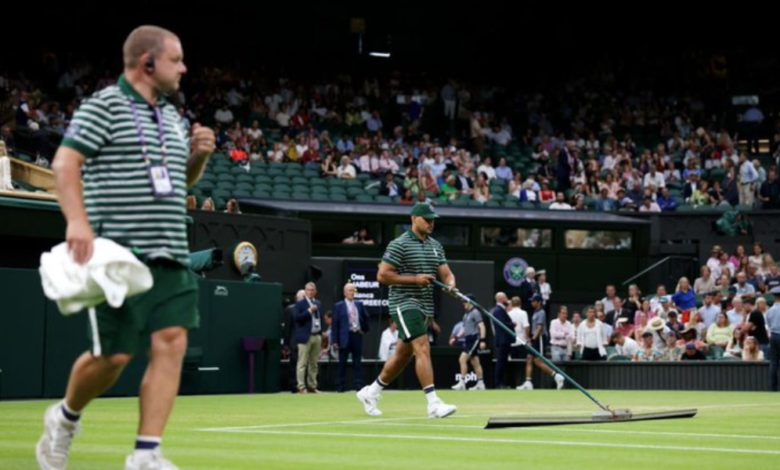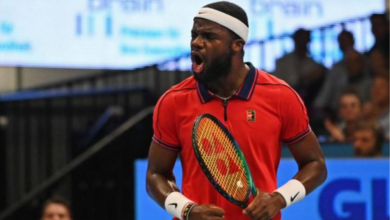Wimbledon Curfew: Impact on Matches and Explanations

The Wimbledon curfew has become a topic of discussion during this year’s tournament, as matches featuring top players have been interrupted due to the strict time limit. In this article, we delve into the curfew’s implications, reasons for its existence, and examine noteworthy instances where matches were affected.
Understanding the Wimbledon Curfew
Wimbledon, unlike other Grand Slam tournaments, has a designated time limit for play. While outside court matches are halted due to lighting conditions, the show courts—Centre Court and No. 1 Court—feature retractable roofs with LED lights, enabling play to continue even at night. However, there is a curfew in place, stipulating that matches on the show courts must conclude by 11 p.m. local time (6 p.m. ET).
Implemented in 2009 with the installation of the Centre Court retractable roof, the curfew seeks to strike a balance between accommodating local residents and organizing an international tennis event in a residential area. Additionally, logistical considerations, such as transportation and ensuring the safety of spectators, contributed to the curfew’s implementation.
Impact on Matches at Wimbledon
This year’s Wimbledon has witnessed several matches being affected by the curfew, resulting in suspensions and delayed resumptions.
Murray vs. Tsitsipas: During a second-round match, Andy Murray and Stefanos Tsitsipas were compelled to halt play approximately 20 minutes before the curfew, with the match poised evenly. The match resumed the following day, favoring Tsitsipas, who ultimately emerged victorious.
Djokovic vs. Hurkacz: Novak Djokovic’s clash with Hubert Hurkacz was interrupted due to the curfew. After two thrilling sets, the match was suspended and will recommence at the beginning of the third set, determining a spot in the quarterfinals.
There have been exceptional cases where the curfew was extended. In 2012, Andy Murray’s match against Marcos Baghdatis surpassed the curfew by a few minutes, with flexibility and common sense prevailing as Murray was on the cusp of victory. Local authorities acknowledged the need for discretion, ensuring a balance between residents’ interests and the enjoyment of tennis enthusiasts.
The Wimbledon curfew plays a vital role in tournament logistics, aiming to address the concerns of local residents and ensure the safety of spectators. While it occasionally leads to disruptions and match suspensions, organizers and authorities strive to maintain a delicate balance between adhering to the curfew and accommodating exceptional circumstances.



